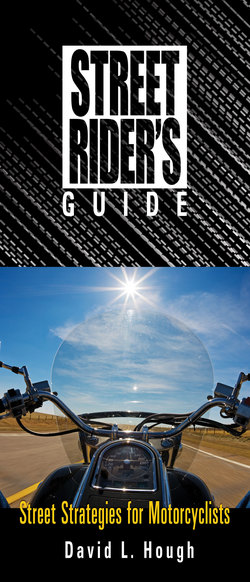Читать книгу Street Rider's Guide - David L. Hough - Страница 11
ОглавлениеBucking Bumps
You can handle a little bump, right?
You’ve cleared away enough home projects to be able to get away for a weekend ride. The weather is perfect, the bike is running great, and you’re looking forward to a two-day trip to clear your head. You’ve ridden this same highway many times, and you know its tricks and turns, so you can relax and enjoy the ride.
A few miles out of town, you’re surprised to see dust ahead on the paved highway. You’re wondering if there has been an accident. But then you see some construction signs. You slow down to about 40 mph, and when you see a Bump sign you place more of your weight on the footpegs to absorb the probable impact.
But, just as you reach the “bump,” you realize it’s a trench that has been cut across the road at an angle rather than straight across the lane. To make matters worse, the trench has been filled with deep loose gravel that is now lower than the edge of the pavement. You try to get your front tire bounced up over the far edge, but instead it plows along in the gravel, and the bike crashes on its side. It’s not a serious crash, but you’re embarrassed because you thought you could handle a little “bump.”
A Bump sign indicates a difference in level between two surfaces, even if the bump is at an angle crossing the lane. When you see construction signs, put your brain on full alert and try to figure out the nature of the situation. Until you know what’s happening, it would be wise to slow down. When you realized the hard edge was at an angle, you should have steered farther away from the edge and then swerved back toward it at a greater angle, preferably 45 degrees or more.
